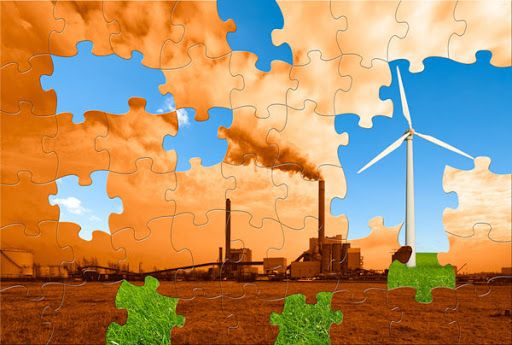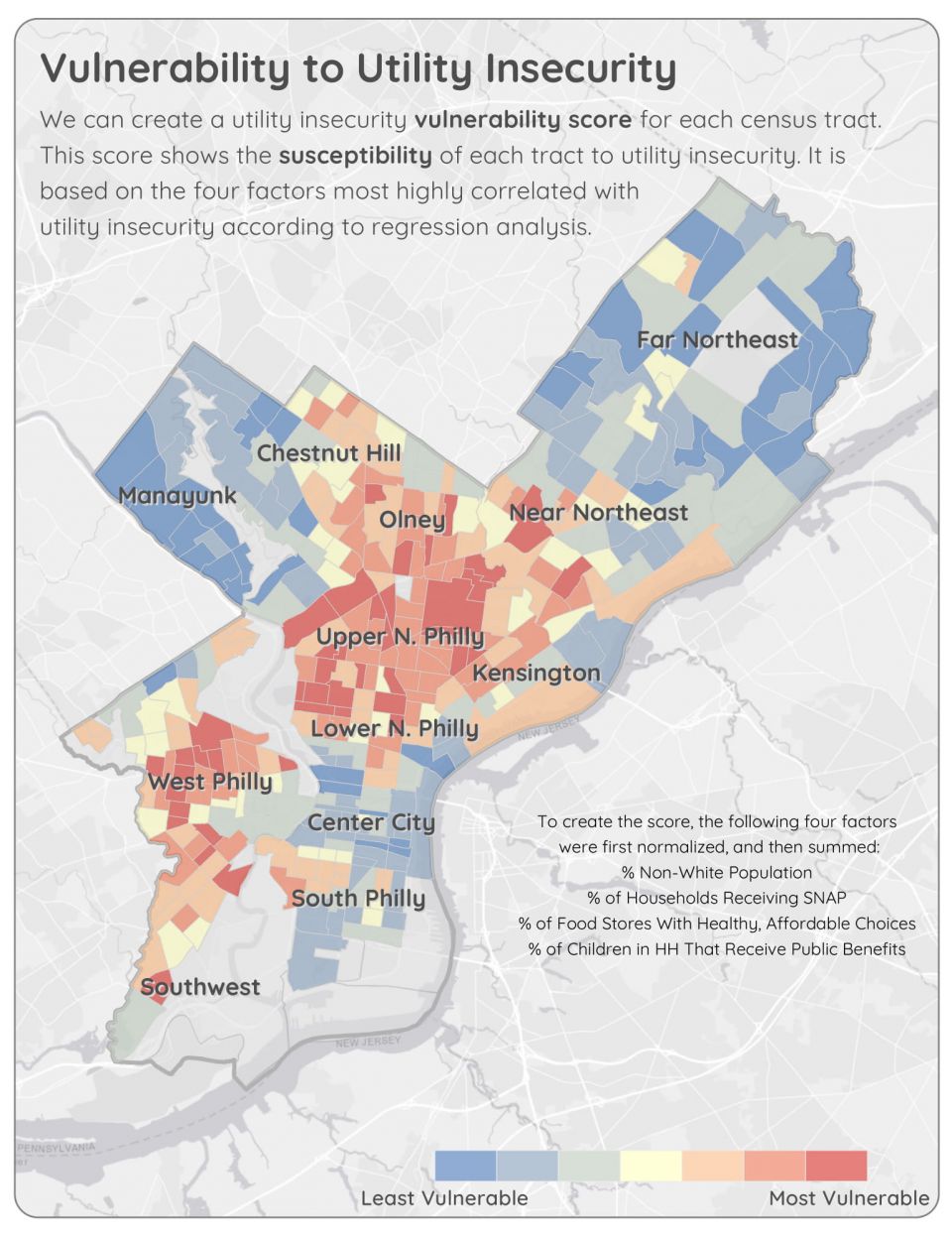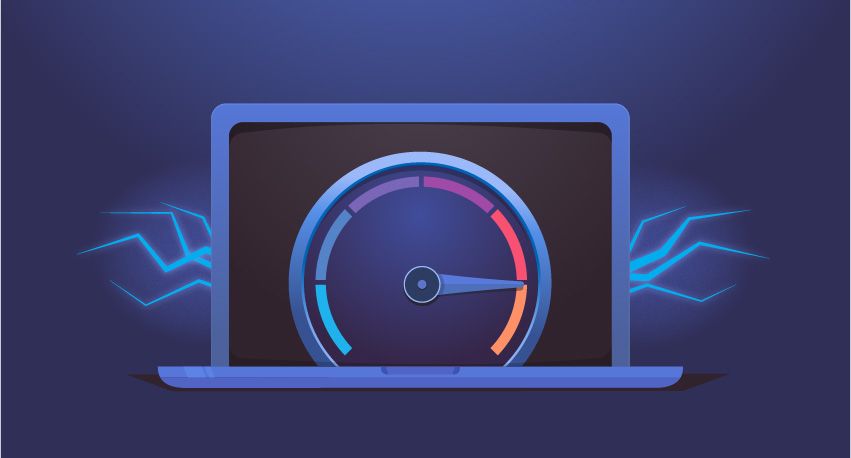Kyle Simons, "Digital equity before and after COVID-19", Energy Research Network, Platform for Experimental Collaborative Ethnography, (June 2, 2020).

This essay is intended to be read like a puzzle, choose any section and use it as a starting point. By the time you have finished, you will have a bigger picture of 1) energy vulnerability 2) why a connection/ access to information is in itself a form of vulnerability and 3) a narrative shift in people’s perception that internet was a luxury to a basic right.
As the term “energy vulnerability” is starting circulate in the hearts and minds of people from around the world (click the title for more) the focus often turns on house hold utilities such as electricity water and gas that provide homes with basic needs such as comfortable temperature, a means to cook and the ability to see in the dark. Often breezed over is a utility that provides so much more than those things—information.
COVID-19 started to change the way many Americans started to think about high-speed internet, and when primary and secondary and actually virtually (pun intended) all schools shut down in person instruction, the internet would be the solution to continued learning and support in 2020. (click the title to see an article about schools shutting down and the digital homework gap).

Puns like this give us inclinations that energy production is all around us. But how exactly does something like electricity actually come into our houses? The following link will allow you to explore “the grid” in terms of how power generation is then harnessed and distributed across the United States. To find out more click the title.
Cities like Philadelphia offered free Wi-Fi in certain areas across the city previous to the COVID-19 pandemic. There are many spot found around the city. Often time users would have to sign in and provide things such as email or phone number to gain access to the “free” Internet connection. Click on the title picture or connected link to view some of the maps found around Philadelphia.
A report that allows the user to see what exactly digital equity looked like pre COVID-19. Thought the movement had been gain steam, it still was not a mainstream idea. Not until after COVID-19 for a variety reason did people start to think about their ability to access the Internet, and what that meant for their fellow humans across the world.
Schools districts across the United States scrambled to switch over to virtual instructions, offering a wide variety of options from synchronous face-to-face video instruction to online tasked based instruction. Every school district adapted differently check out the link to see what the Philadelphia school district did in term to virtual instruction.
Philadelphia buys extra chrome books in order to distribute them among students in the district. This move would be similar to the reactions across the United States as many school districts tried to scramble after COVID-19 spread through the country. Many school districts will write off the computers and never expect to see them again. The computers can serve students throughout their respective primary and secondary academic journeys. Many students were excited to be allowed to bring a computer home. But the nagging question remained, but was never asked. If students within the district had a computer to do school work did their household have access to high-speed Internet? Many districts across the United States failed to check before distributing chrome books to the students that make up the student population.
One of the first things that the Philadelphia school district did after shutting down was try and find a way to continue instruction. The answer was to start distributing chrome books to students across the city and surrounding areas. The idea was to give every student a laptop in order to continue education and the connections they had with teachers and school support staff. This move was similarly found across the United States.

To find out more about energy vulnerability please feel free to browse some key selections of readings on the topic:
Many leaders in the education departments across the country are having difficulty getting primary and secondary students access to Internet around the United States. The problem isn’t just Internet providers but the infrastructure that is connected to the providers. Some Internet providers cannot or simply have refused to make sure Internet connectivity is possible across the entire United States.
Learn more about the digital equity act of 2019 or check out the law directly.

Find out more about how high speed Internet works.